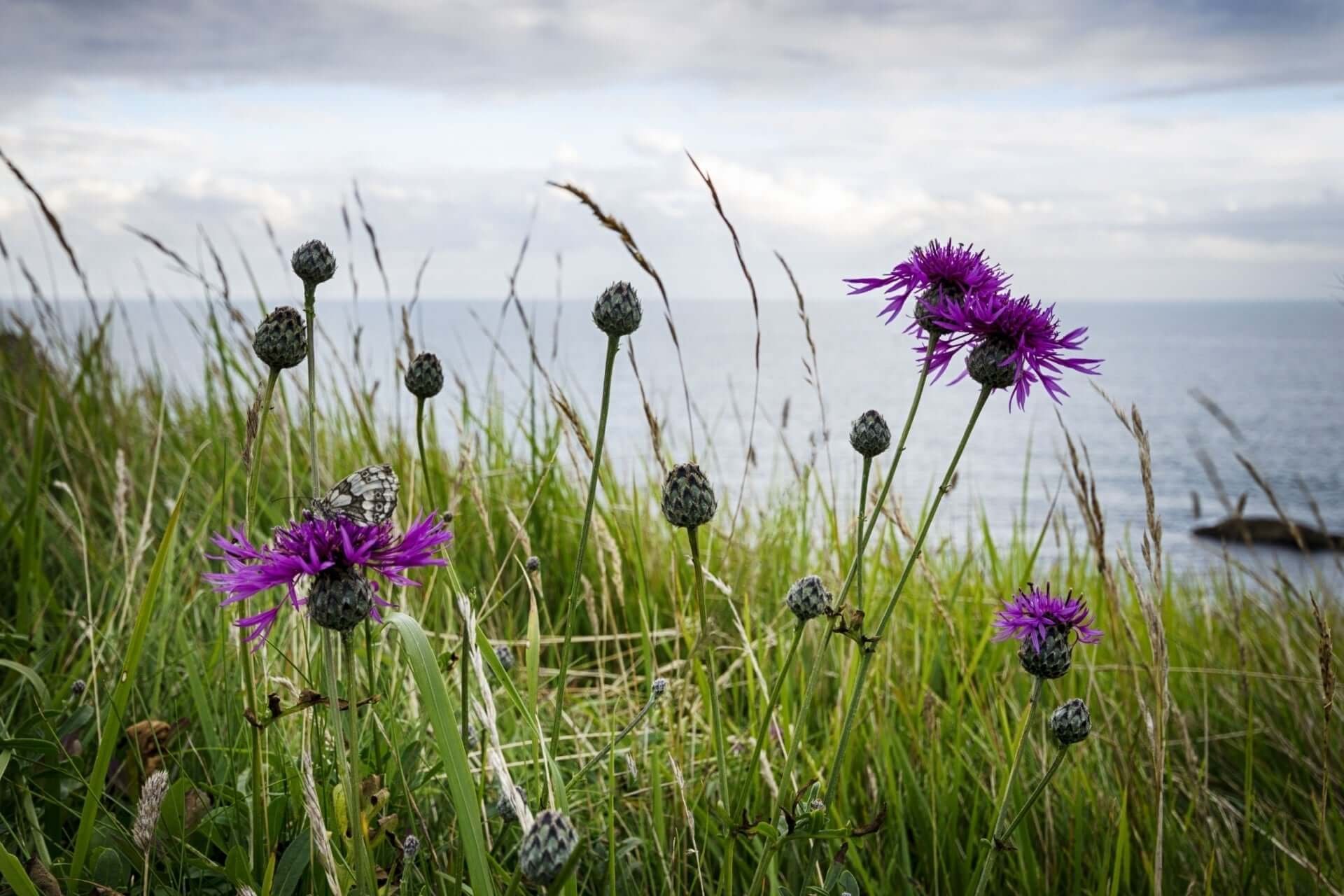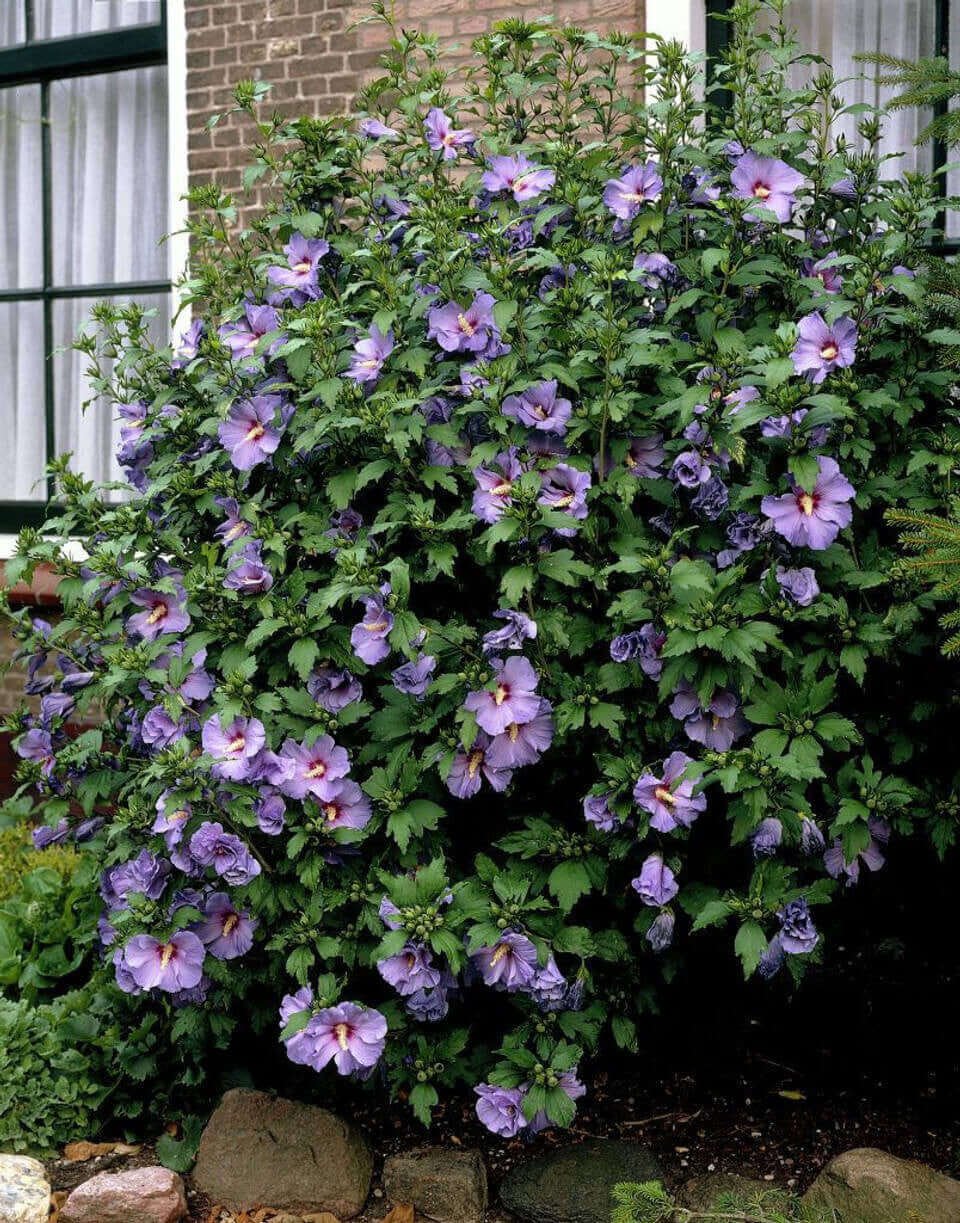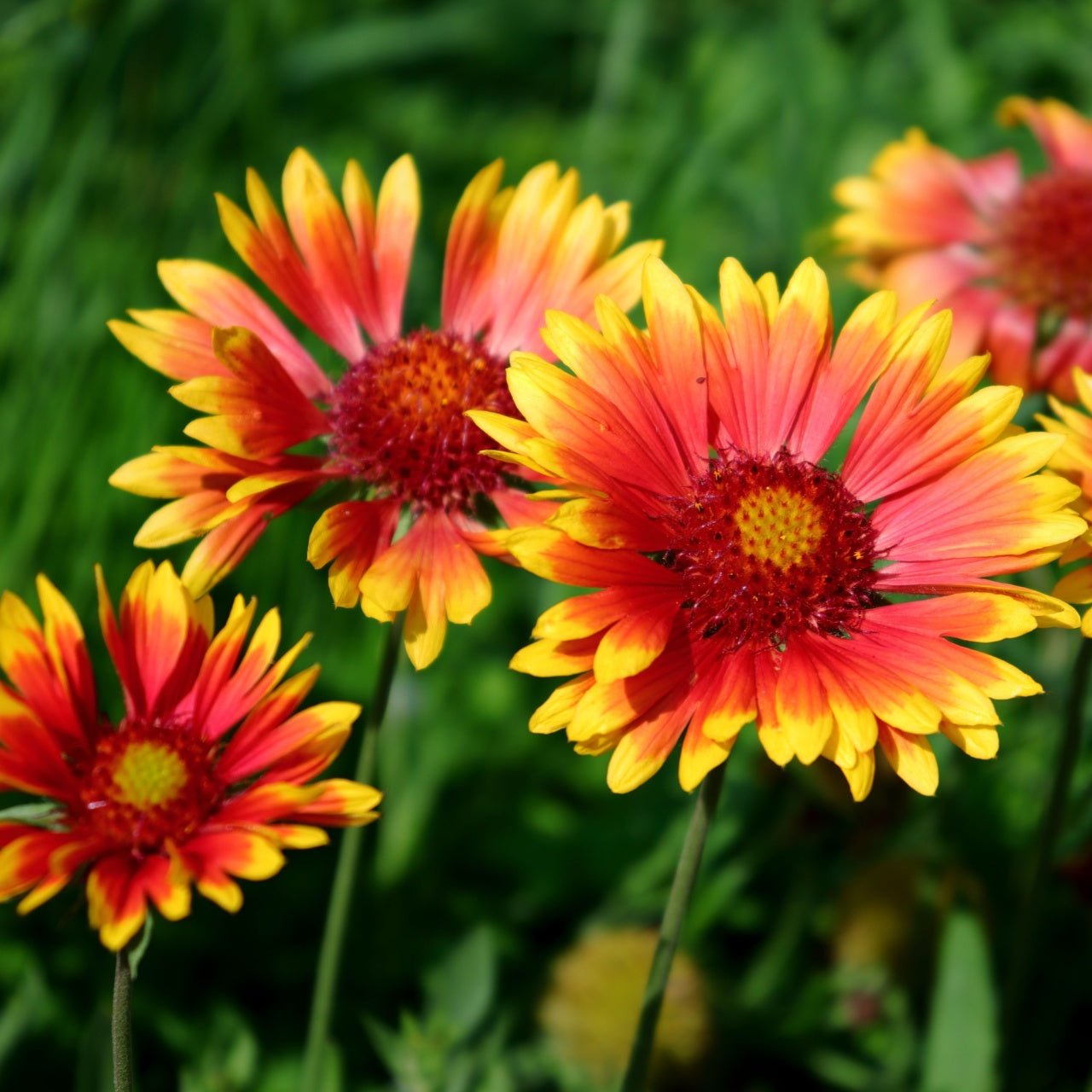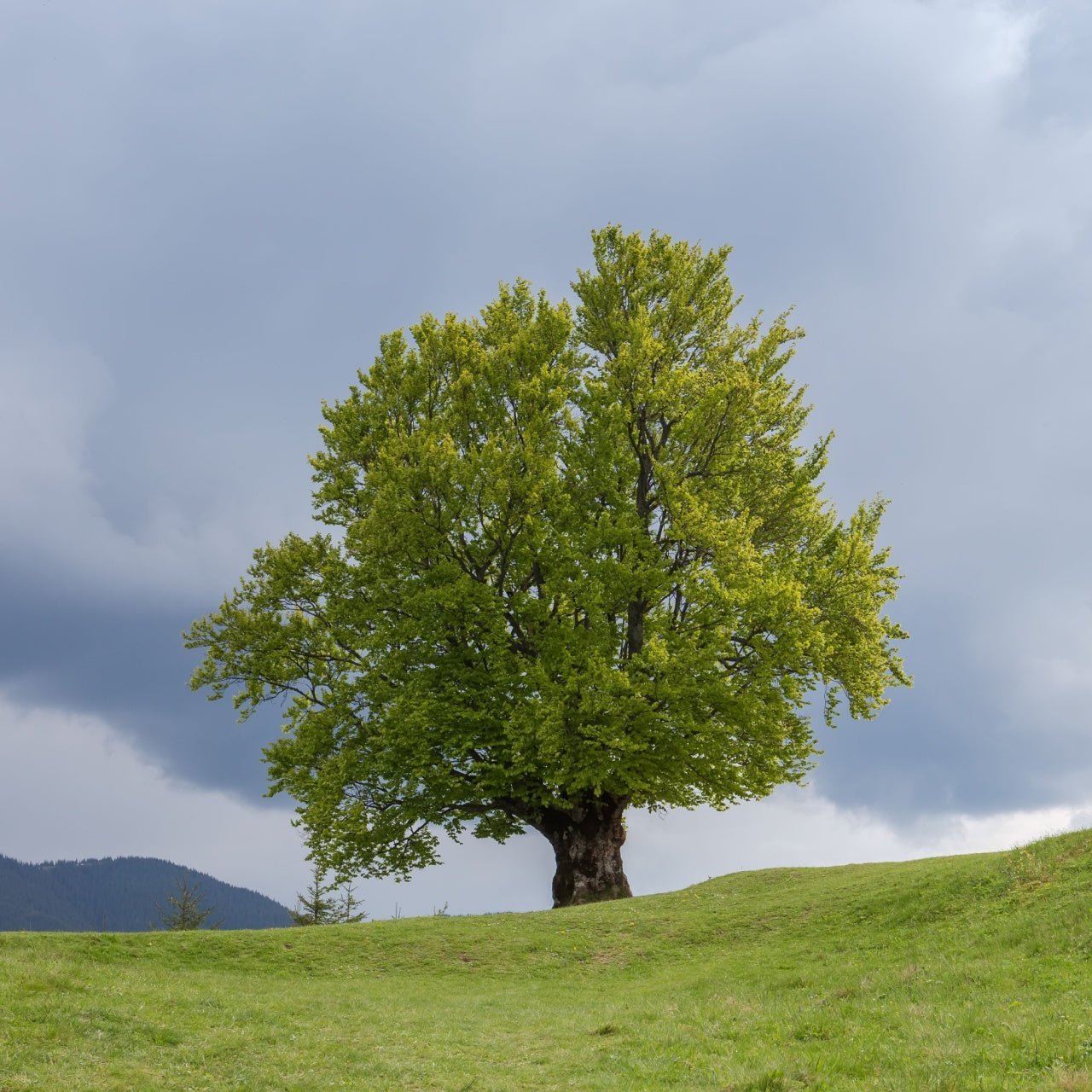Salt-Tolerant Plants for Coastal Gardens
Coastal residents have great views but can find gardening challenging because of salt spray and brackish water. Places within about one-eighth of a mile of the ocean are the most affected, but other sources of salt spray and salty soils can cause problems for people further from the sea.
Sources of Salt
Living near the ocean isn’t the only way to have salt problems. Salt-deicing solutions are spread in cold areas on roads, sidewalks, and driveways. When the ice and snow melt, they often run across the ground and leave salt from the de-icing solution in their wake. Over-fertilization can also leave a salt crust on the soil that percolates with irrigation. Finally, some areas have brackish water even if they are not near the ocean.
Effects of Salt on Plants
Salt from the ocean is made up of sodium and chloride. Typically, plant roots absorb water and small molecules from the soil through a semi-permeable membrane. Water flows into the roots because the roots have a more significant concentration of molecules than the soil. Salt changes that balance, and water flows from the roots into the surrounding soil even when wet, dehydrating the plants.
High salt levels cause the soil structure to change in ways that do not benefit plants. Salt breaks soil aggregates, the particles that makeup soil, to break into lots of pieces. Water washes these tiny particles into the spaces between aggregates, blocking water from filling those spaces. Air cannot penetrate the soil, either. High. Most plants have no trouble with low salt levels. Some plants can tolerate moderate salt levels. High salt levels will kill plants unless steps are taken to remove the salt from the soil.
Symptoms of Salt Toxicity
Seedlings, young plants, and plants that have been transplanted recently are more salt-sensitive than established mature plants. Salt on the leaves is more damaging than salt on the stems or branches. Symptoms of salt toxicity differ depending on the part of the plant that is in contact with the salt, the amount of salt, and the salt tolerance of the plant. The most common problems include:
- White residue on leaves and stems
- Reduced or stunted growth
- Disfigured foliage or stems
- Tufting of new growth, often called “Witches Broom.”
- Sparse leaves, flowers, and fruit
- Buds that don’t open or die Burned leaves or needles, especially on the outer margins
- Premature leaf drop
- Death
If you look at these symptoms, you will notice that salt toxicity shares symptoms with many common pests and diseases. Soil tests and observation of salt on the plant or the ground around it are the best ways to identify salt damage. Another clue is that all the plants in an area are showing symptoms. Most diseases and pests are species-specific, so if everything has problems, it is probably salt damage, not pests or diseases. However, salt-tolerant plants are even stressed by salt in the soil and water. Plants in this situation are more vulnerable to pests and diseases, so your plant may have salt toxicity and pests or diseases. You will have to treat both problems to get your plant to thrive.

Treatment of Salt Toxicity
Treatments are designed to reduce the salt on and around the plant. Treatment may not be successful depending on the severity of the problem, plant species, and other stressors. Here are some things to try.
- Wash off the salt on foliage and stems.
- Plant salt tolerates plants.
- Add organic matter to improve soil structure. You can’t go wrong adding compost to your soil.
- Flush the soil with two inches of water delivered over 2-3 hours.
- Stop when the water starts to run off.
- Repeat in two days.
This will help flush the excess salt out of the soil. However, you have to find the source of the salt and eliminate it to prevent the plant from having problems again. If you have a potted plant with salt toxicity, you can often wash it off and report it in a new potting mix to fix the problem. To flush the soil around a potted plant, put the pot in the sink and water it enough for water to run freely out the drainage holes. Let it drain in the sink for about 15 minutes, then put it back where you usually keep it. Outside containers can be flushed where they are as long as you can get the area wet.
Prevention of Salt Toxicity
Salt damage prevention is always cheaper and easier than treatment of salt toxicity.
- Plant salt-tolerant species of plants.
- Reduce the use of sodium de-icing solutions. Use solutions that use calcium, potassium, or magnesium instead of sodium.
- Make sure water containing de-icing products does not run off over soil. Berms along driveways can keep the meltwater on the hardscape.
- Add organic matter to the soil. Again, this is never the wrong response.
- Plant salt-sensitive plants at least 50 feet from roads where de-icing solution can splash.
- Irrigate profoundly and infrequently instead of tiny amounts more frequently.
- Mulch to reduce water evaporation and subsequent salt residue.
- Fertilize only when a soil test indicates a problem or plants show side effects.
- Use the fertilizer recommended by a soil test or fertilizer instructions. More is not better.
- Use fences or buildings to protect plants from salt spray or splashes of de-icing solution.
- In the winter, use burlap to erect a temporary fence along roadways to shield plants from splashes of de-icing solution.
- Flush container plants quarterly. They are very vulnerable to the salts contained in fertilizer, especially since they must be fertilized frequently.
Salt Tolerant Plants
Planting salt-tolerant plants will help prevent salt toxicity. The best plants will vary by region, so pick plants suited to your zone. Start with plants that are both salt-tolerant and native to your area for the best results. Here are some salt-tolerant plants to pick from, but many others are salt-tolerant. You can find out what plants native to your area are salt tolerant by asking your Extension agent or calling us.
Annuals
- Calendula
- Zinnia
- Petunia
Perennials
- Saltmeadow cordgrass
- Muhly grass
- Sea oats
Shrubs
- Hibiscus
- Firebush
- Plumeria
- American Holly
Trees
- Live oak
- Southern red cedar
- Magnolia (not for coastal landscapes, but a little farther inland.)
Even plants with some salt tolerance cannot survive in highly saline soil. The constant splashing of water containing de-icing solution will kill the most salt-tolerant plants.
Read more
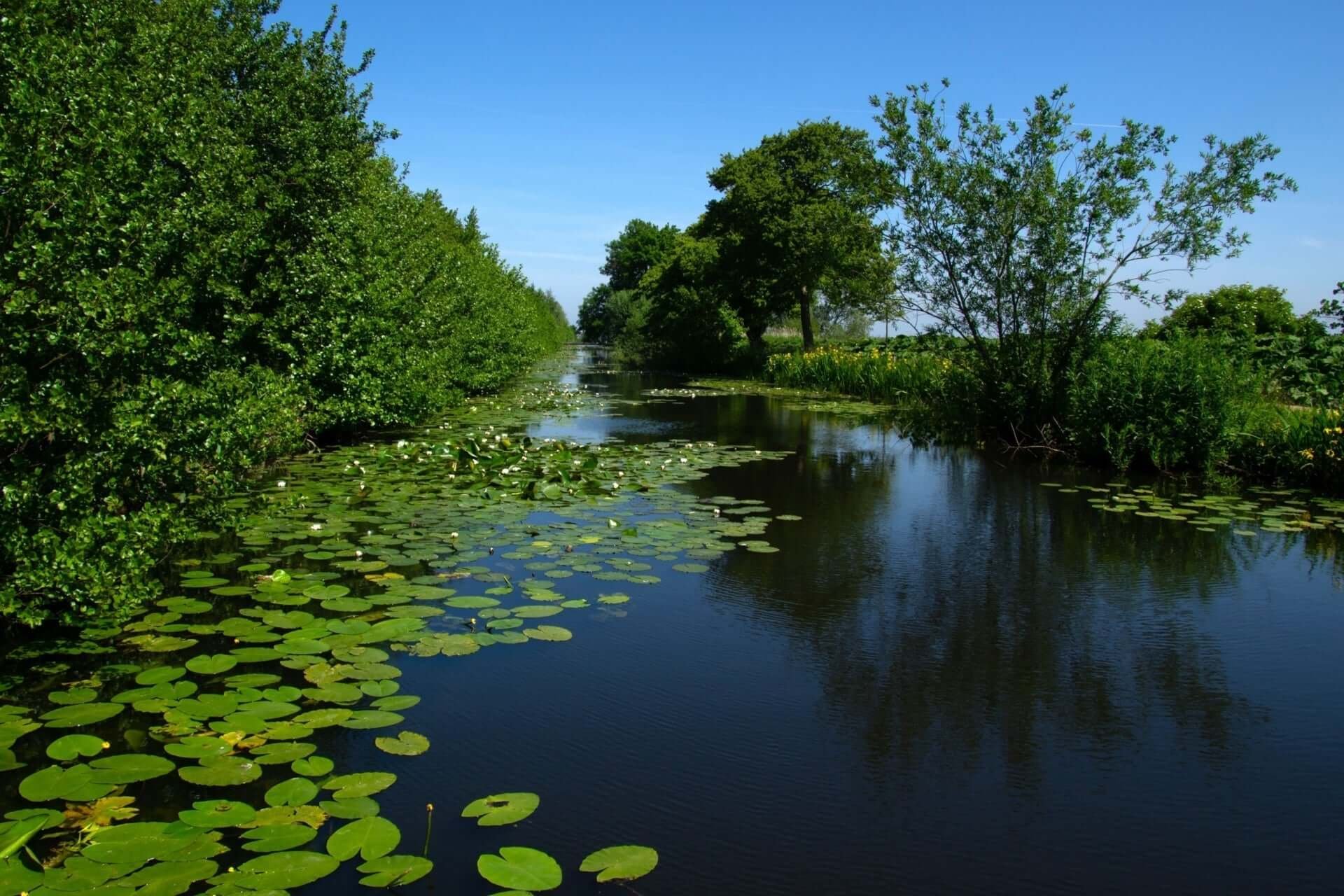
Retention ponds and wetlands handle runoff and lower pollutants through their emergent, floating, submerged, and shoreline zones, which require flood and drought-tolerant plants. As an emergent spe...
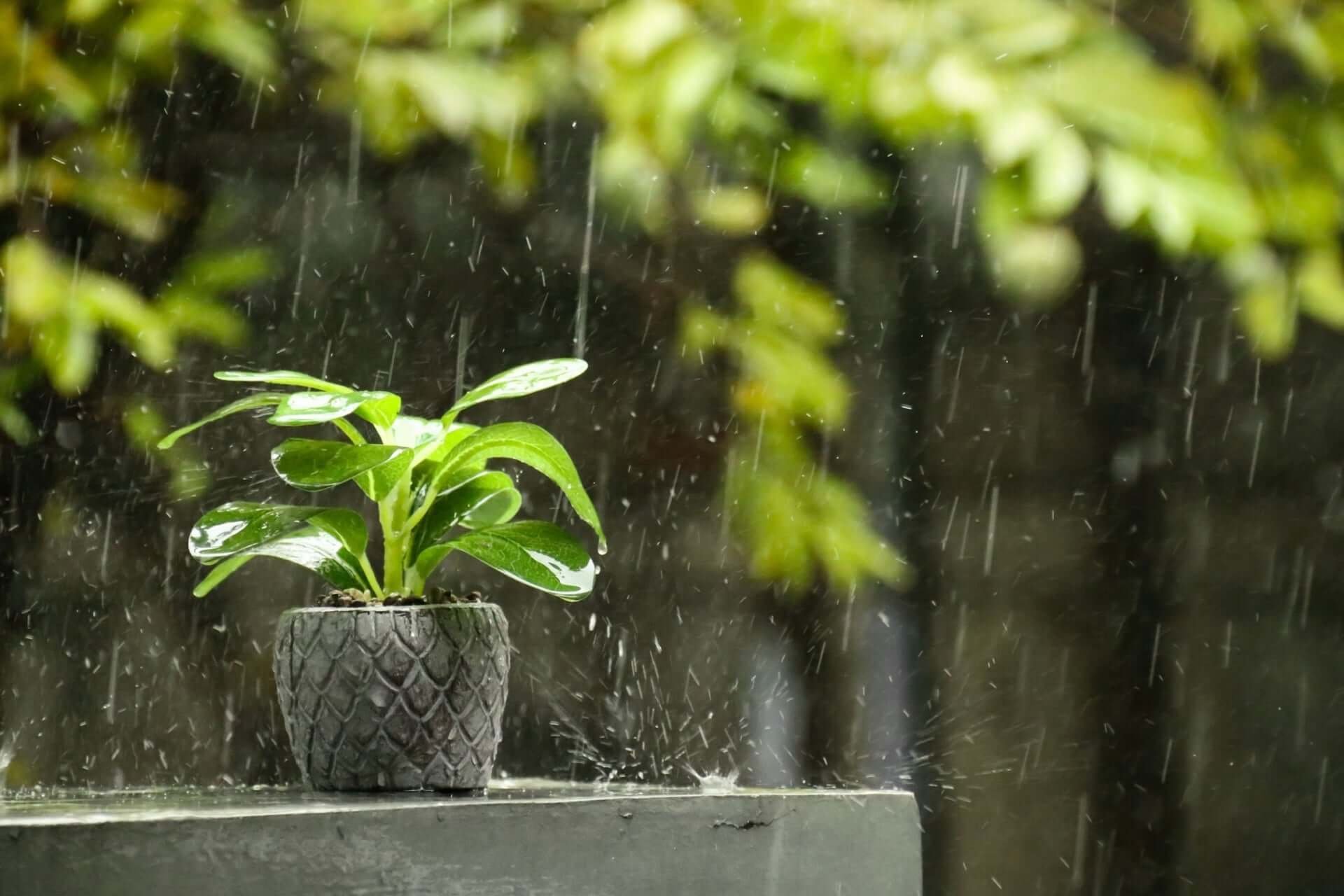
During storm season, you need a detailed plan to protect your garden against heavy rains and flooding, as well as high winds and hail. Protect young plants with row covers and maintain proper drain...


